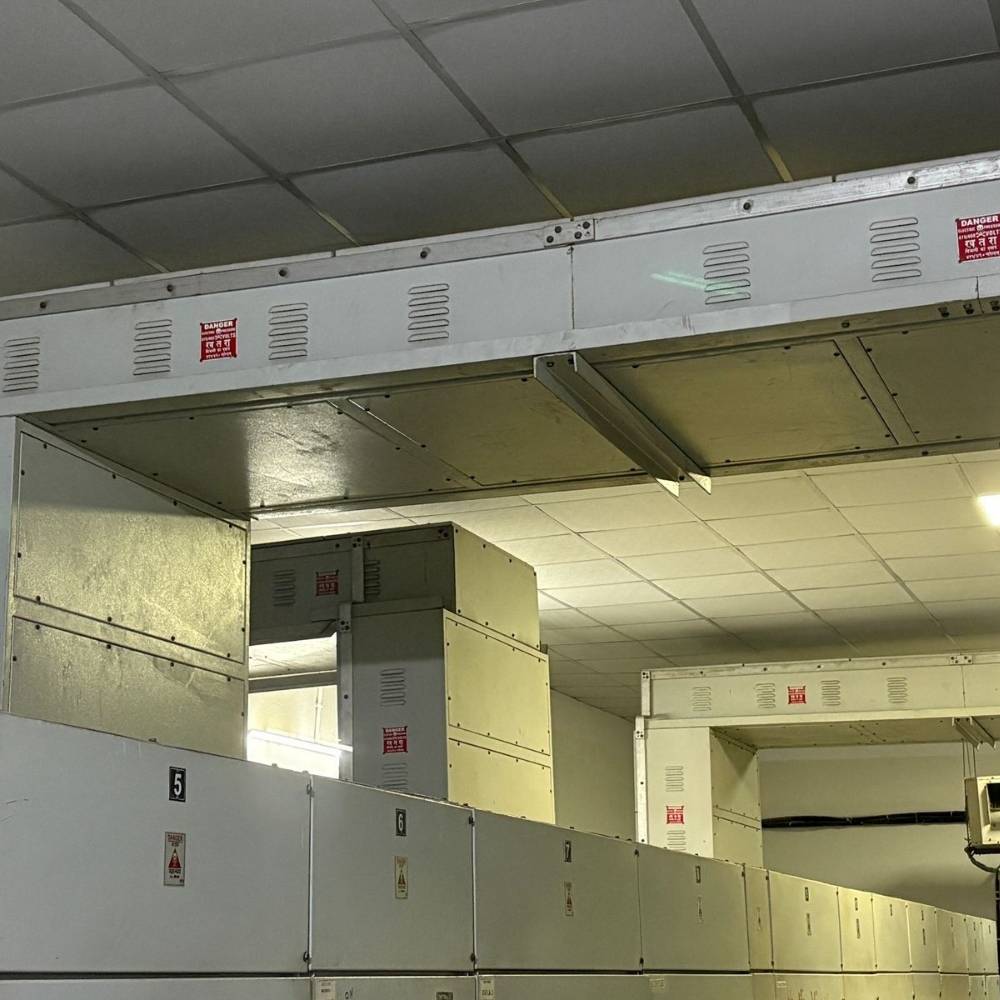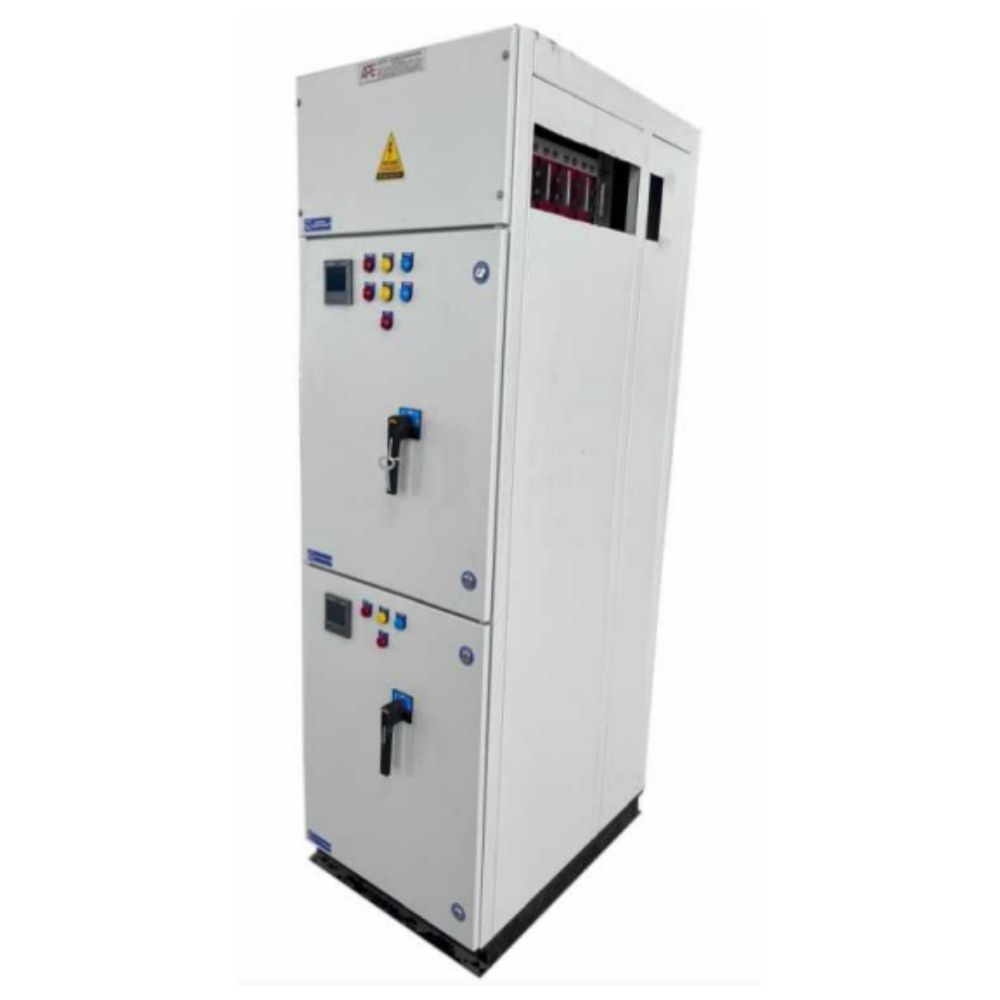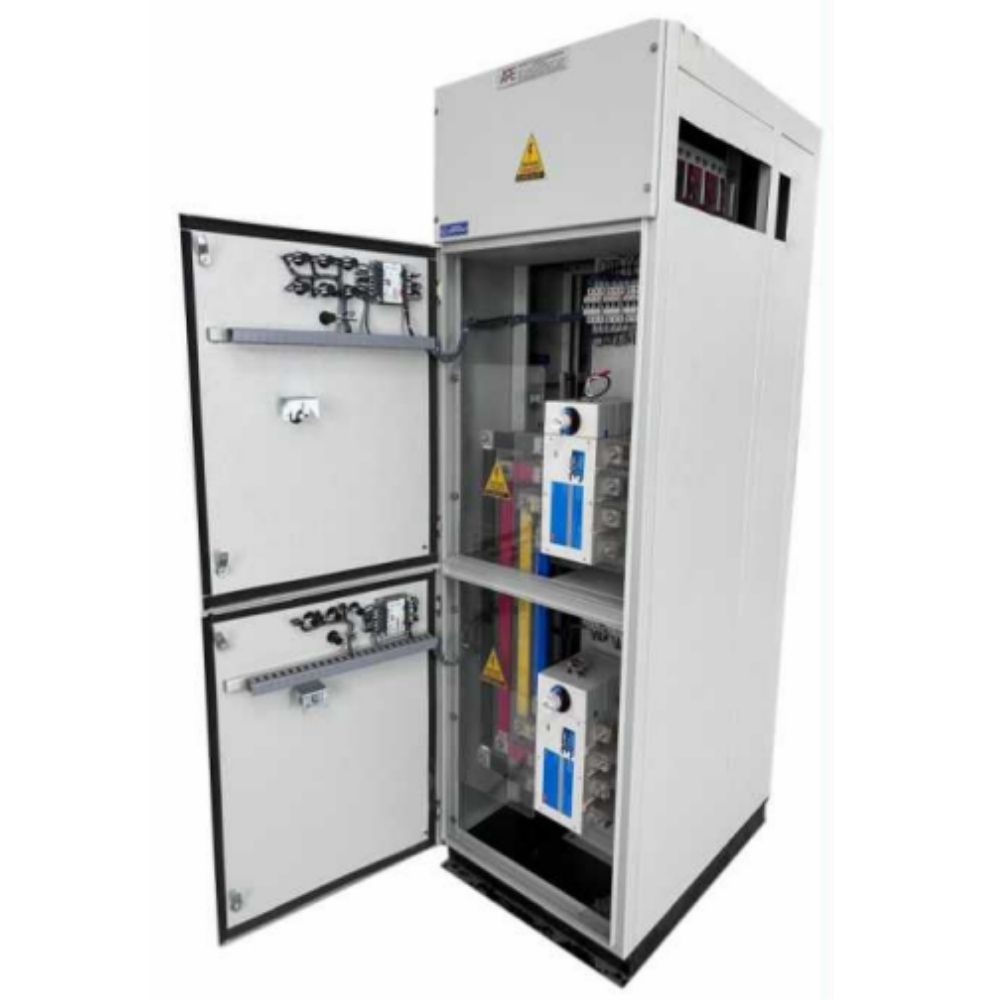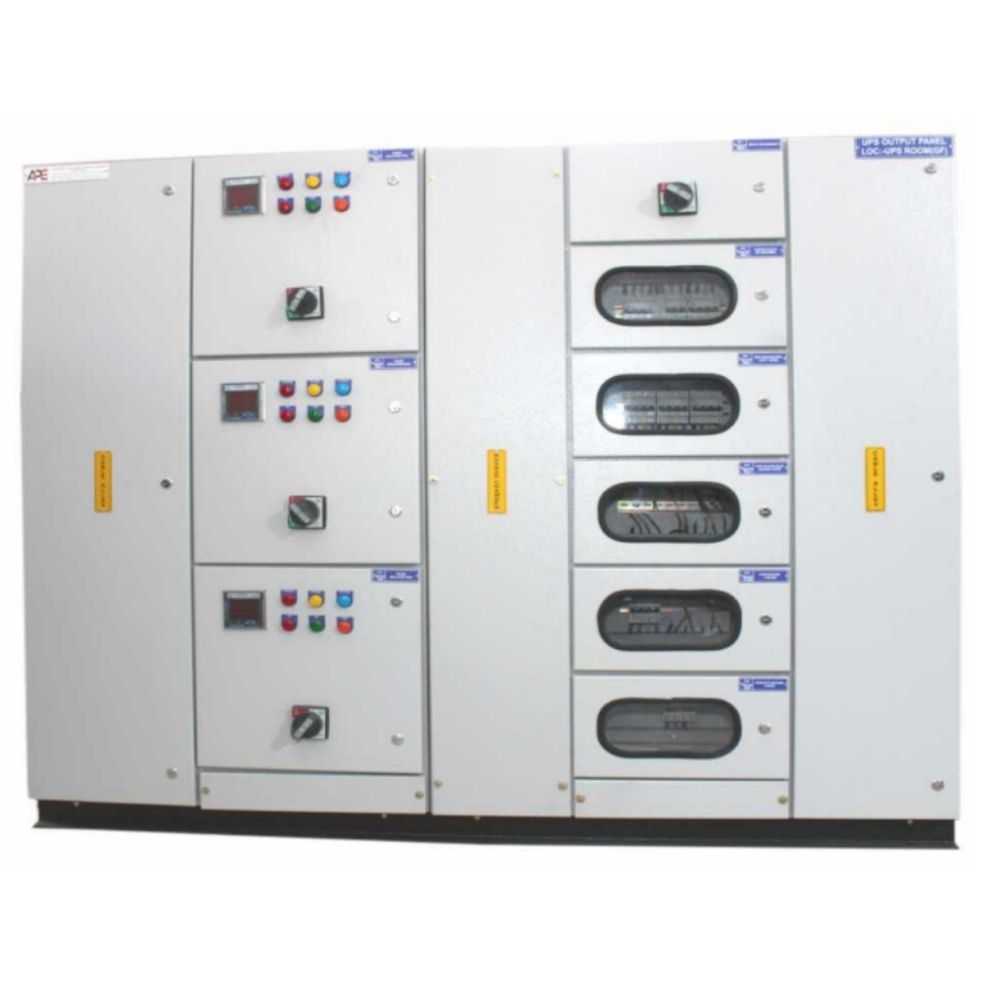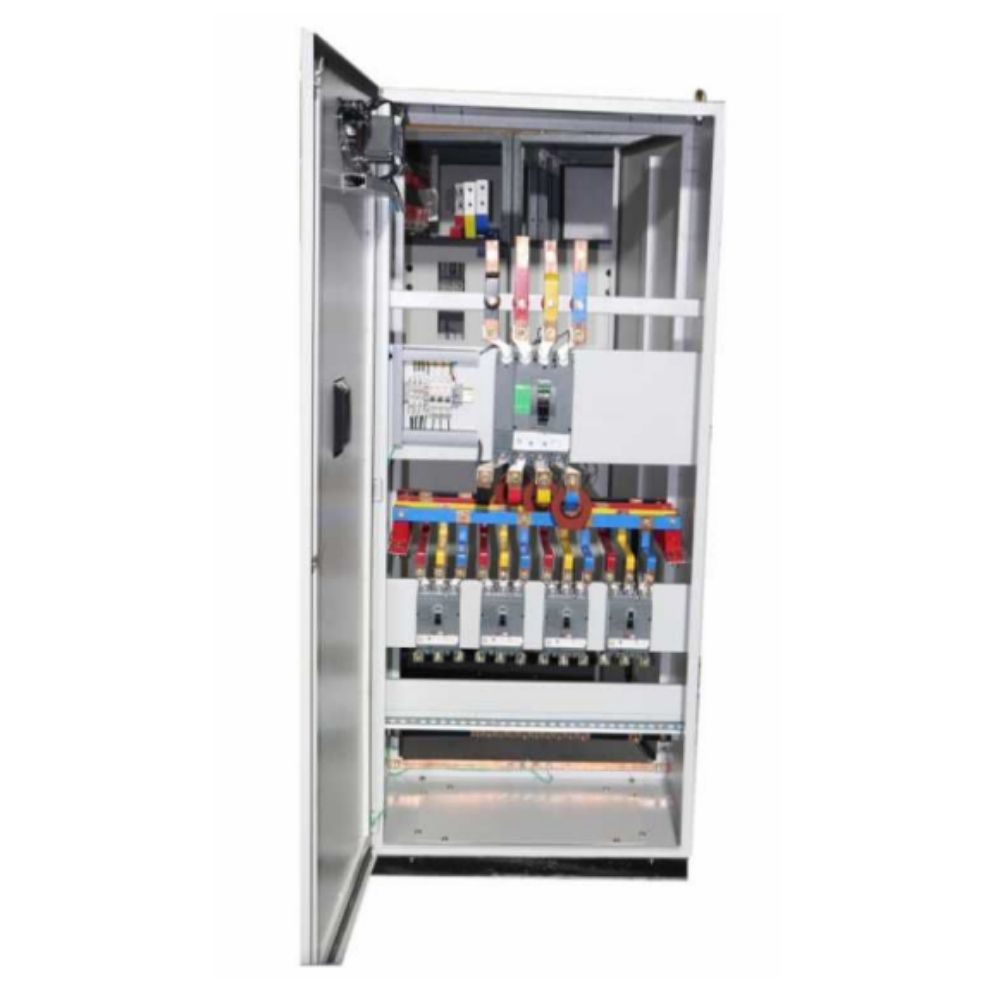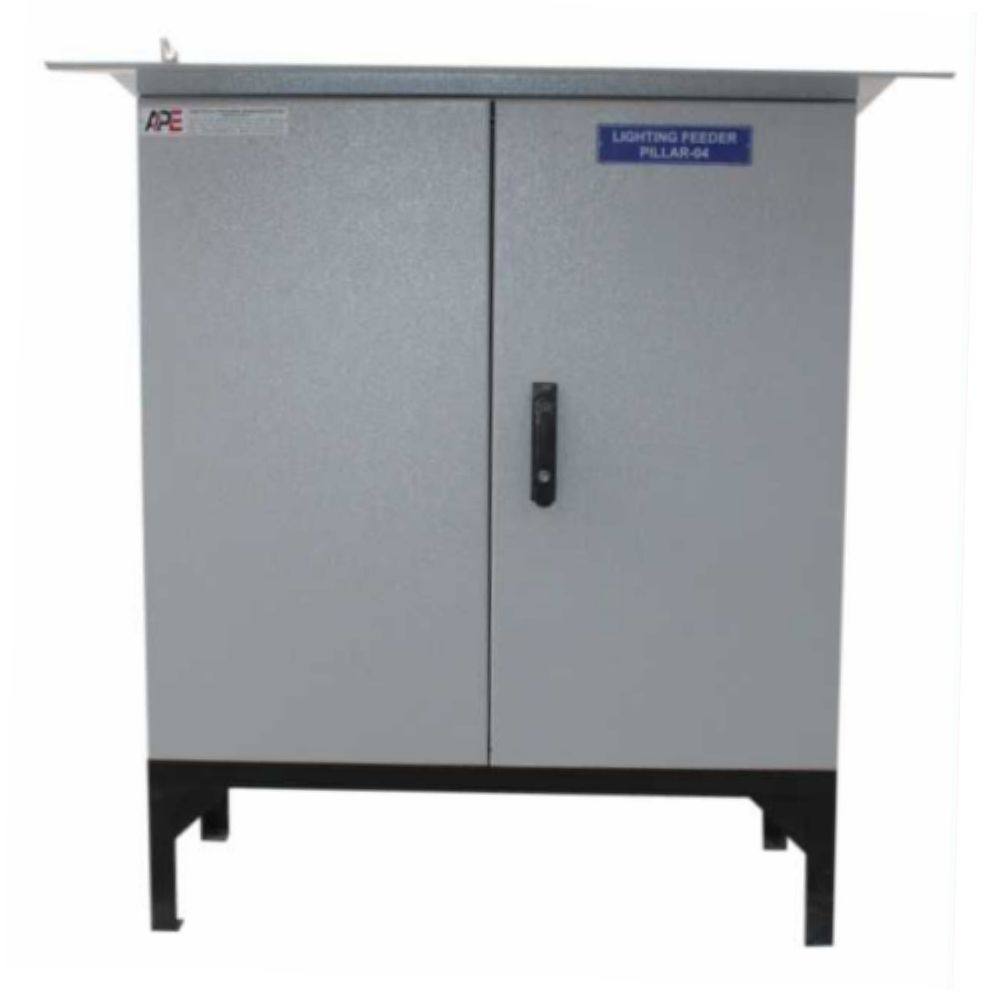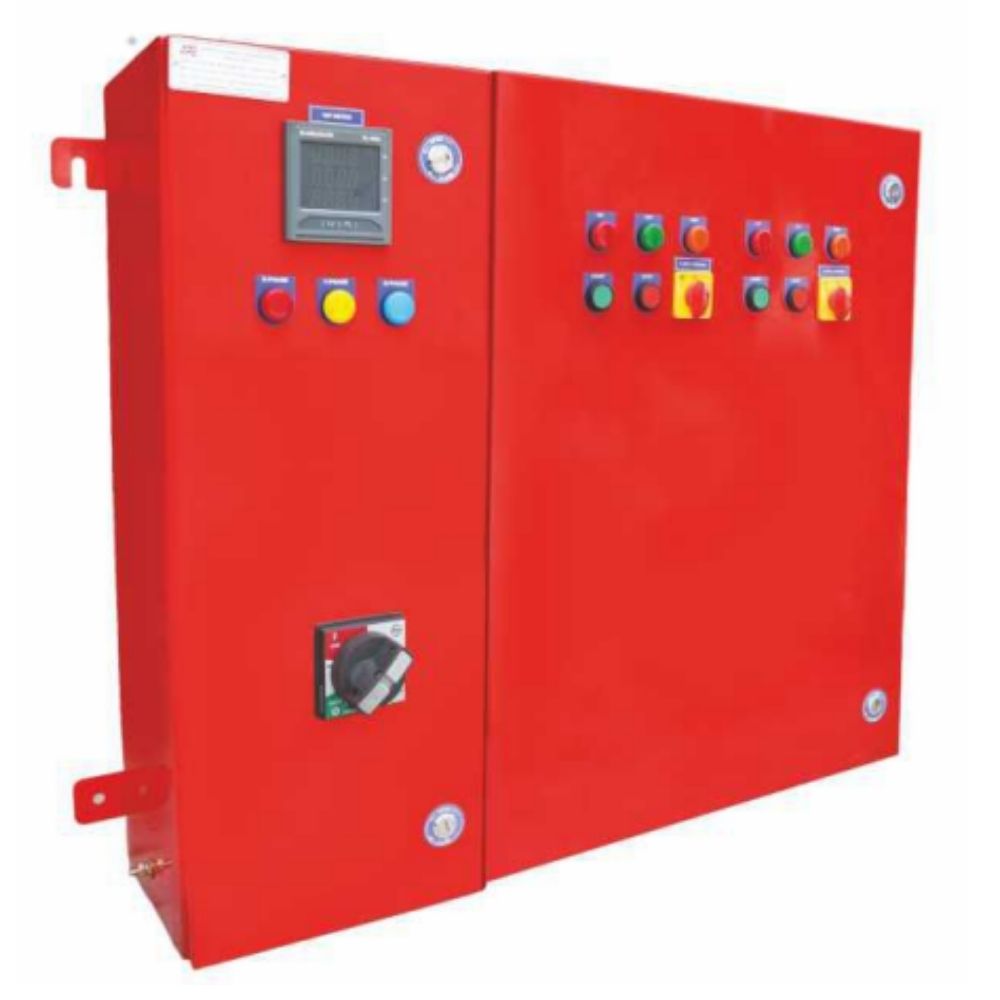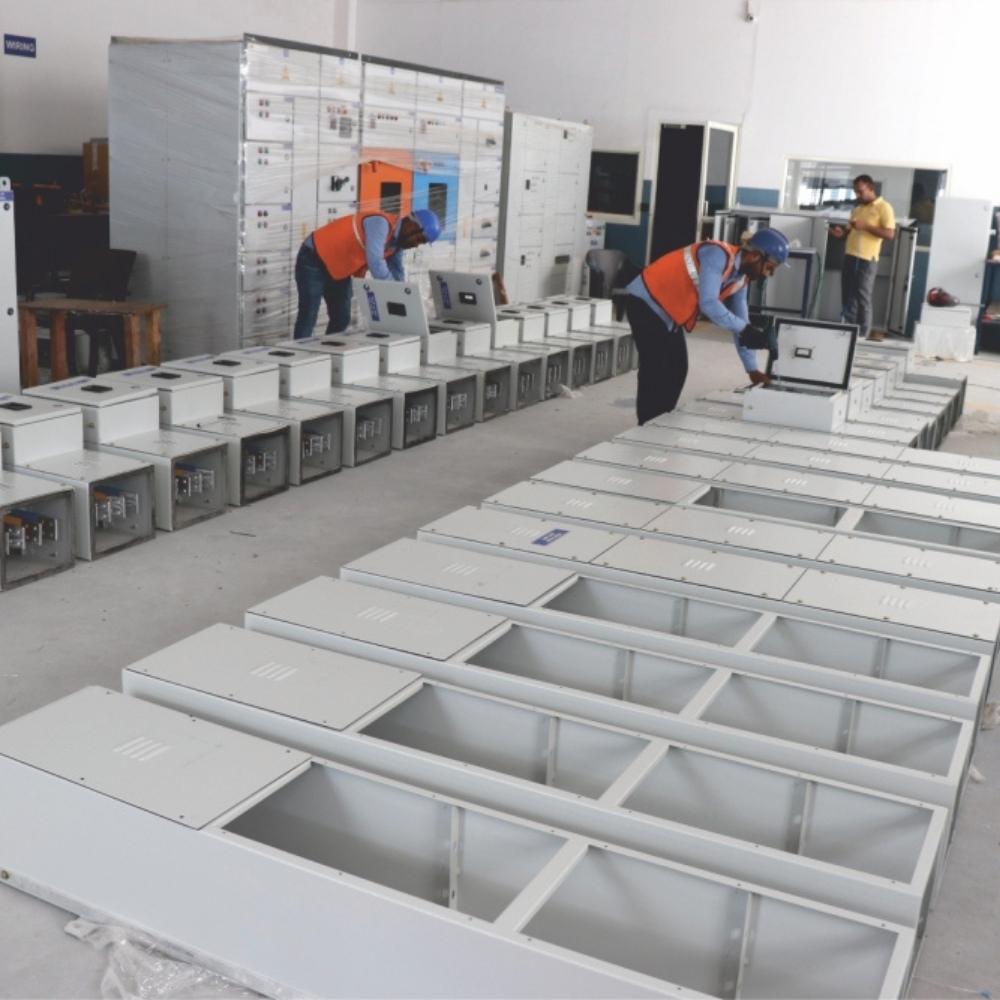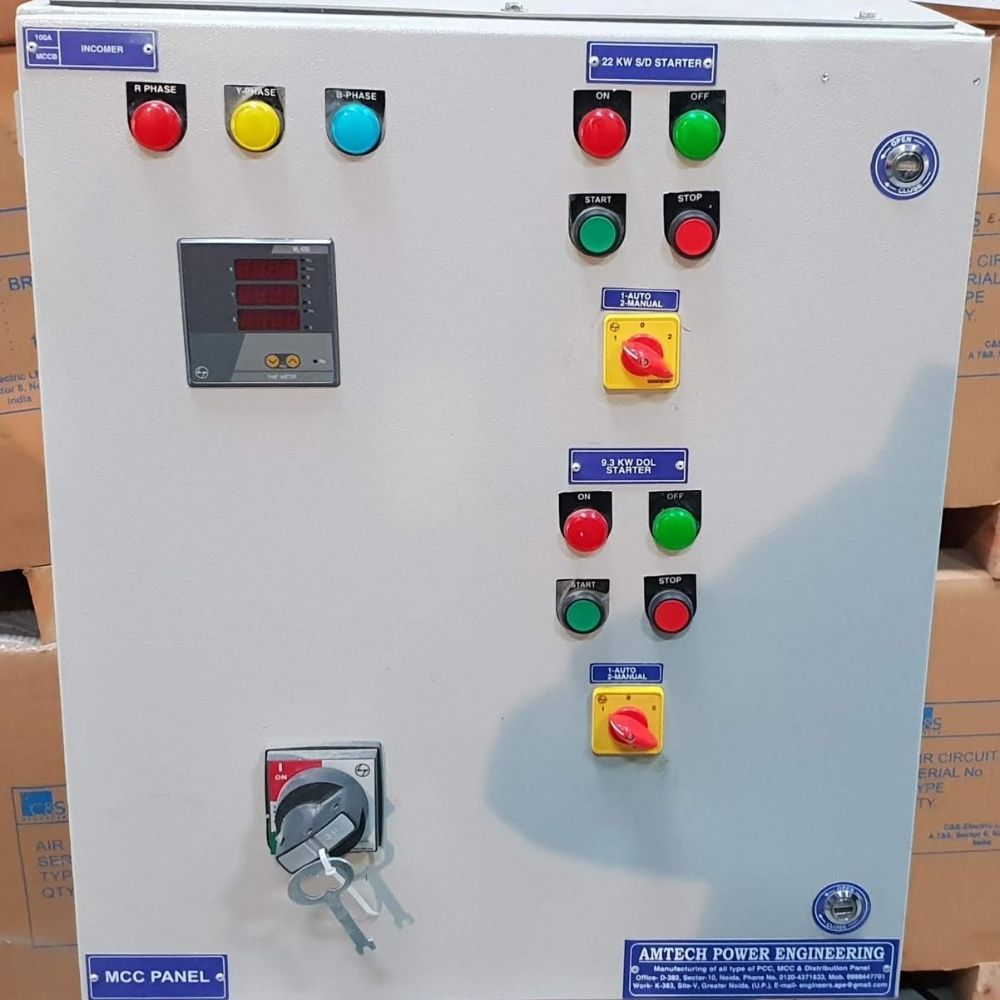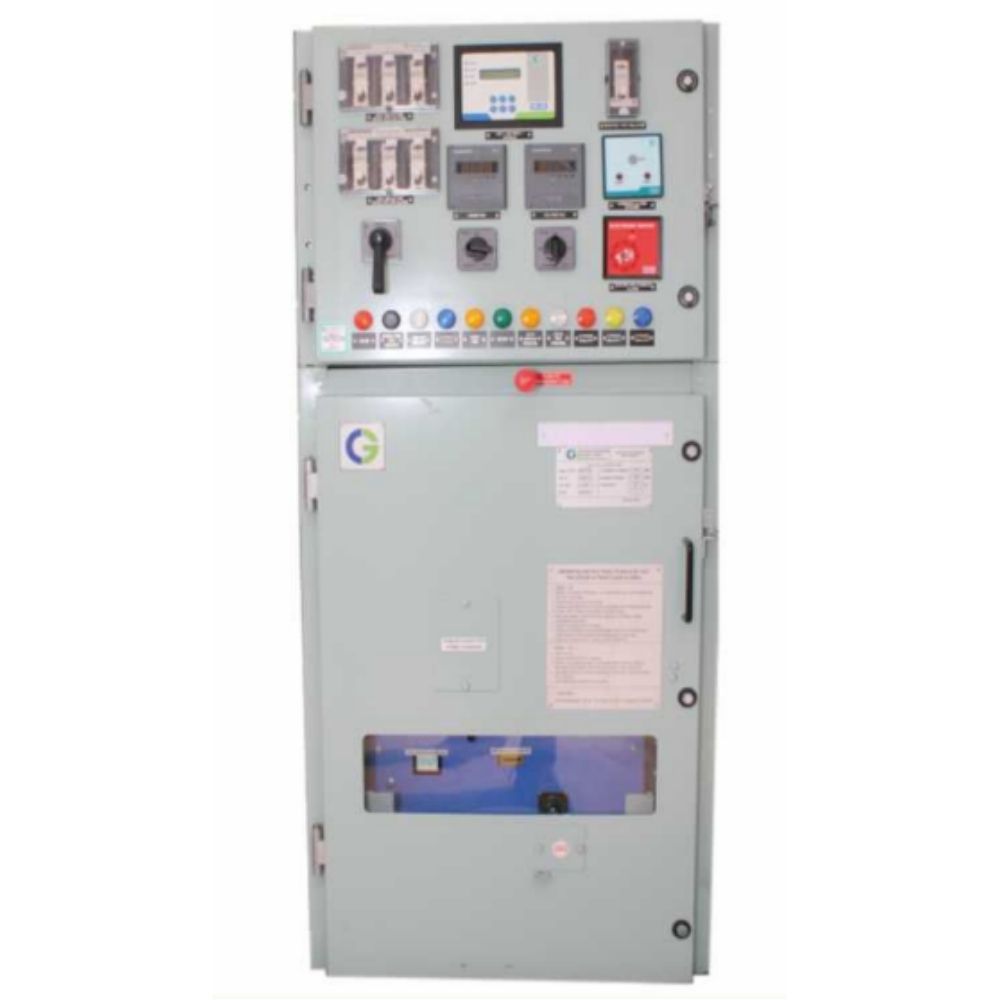-
Call Us: +91-9911447728
-
Email Us: info@amtechpower.co.in
-
24X7 Support: +91-9911447743
Conventional Type Bus Ducts
Conventional Bus Ducts, also known as Busways, are enclosed metallic systems designed to conduct and distribute electrical power efficiently using copper or aluminum busbars in place of traditional cable-based systems. They provide a safe, organized, and space-saving alternative for transferring power between critical components such as transformers, generators, switchgears, and distribution panels. These systems are particularly effective in applications requiring high-current capacity, ease of maintenance, and mechanical protection.
The term "Conventional Type" typically refers to the standard air-insulated design, which predates compact or sandwich-type bus ducts. A conventional bus duct system comprises air-insulated sheet metal enclosures, conductive busbars, support insulators, and accessories such as flexible connections to accommodate vibration (e.g., at generator terminals) and expansion joints to manage thermal expansion and contraction during operation.
Key components include the busbars (either copper or aluminum), which serve as the main conductors; insulators that provide electrical isolation and physical support; and a metallic enclosure that protects against external damage and environmental exposure.
Conventional bus ducts are widely used in power plants, industrial manufacturing units, switchyards, commercial buildings, and critical connections such as transformer-to-panel or DG-to-panel interfaces. At Amtech Power, we design and supply robust, high-quality bus duct systems engineered for durability, reliability, and safe power distribution in demanding environments.
Ask ChatGPT
What are Conventional Bus Ducts?
Conventional Bus Ducts (also called Busways) are enclosed metallic systems that conduct and distribute electrical power using copper or aluminum busbars, instead of using traditional cable systems. They are widely used in power distribution between transformers, generators, switchgears, and panels.
What "Conventional Type" Means:
Air-insulated enclosure
Copper or aluminum busbars
Support insulators
Sheet metal enclosure
Main Components:
Busbars – Conduct the power (copper or aluminum)
Insulators – Support and isolate busbars from enclosure
Enclosure – Provides protection from mechanical damage
Flexible Connections – For vibration areas (e.g., generator terminals)
Expansion Joints – To handle thermal expansion/contraction
Applications:
Power plants
Switchyards
Industrial manufacturing units
Commercial buildings
Transformer-to-panel or DG-to-panel connections

